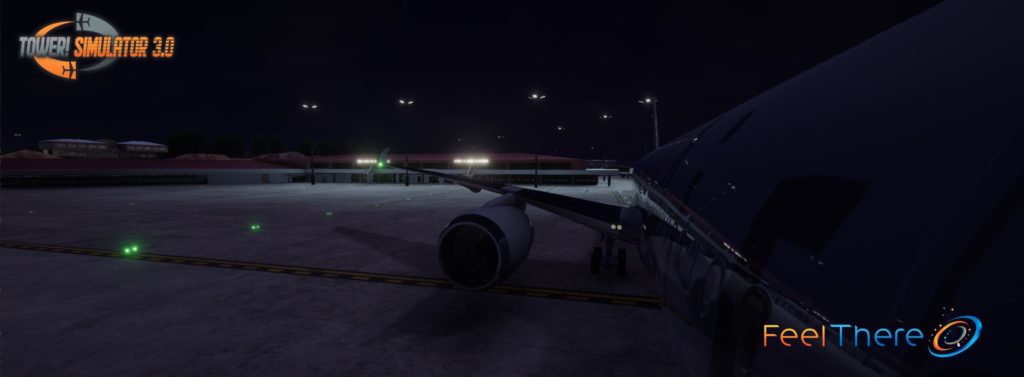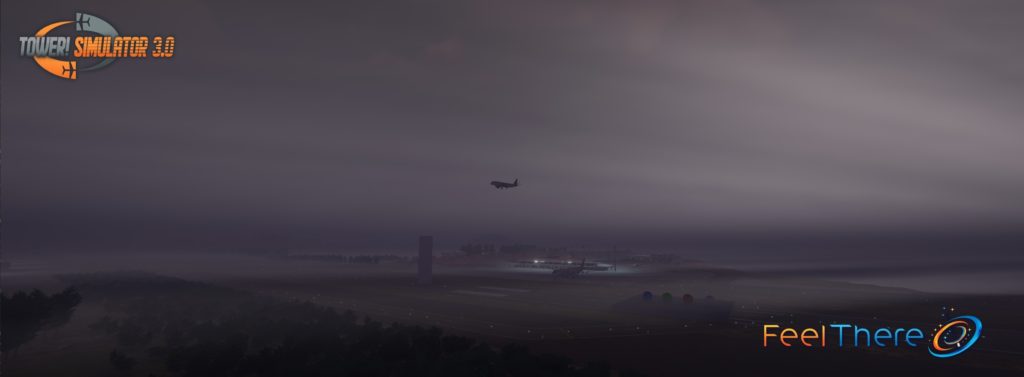Let there be light! This time we’re not thinking of the biblical phrase, or Mike Oldfield’s music, neither the famous movie, but actually light by FeelThere within Tower! Simulator 3.

It’s no dark-kept secret: much like real life, a huge component to a game’s aesthetics rests in its lighting. Lens choice, use of shadows, tailoring of form and atmosphere, if done just right, can combine to create something truly breathtaking, underpinned by fundamental cinematography principles such as light color, intensity, quality, and placement.
Most of today’s simulators and many games are using physics based lighting system, perfectly simulating how the light behaves. However when you are looking at your monitor you feel somehow it’s just plain and dull. You ask yourself why? Is it just bad simulation? The answer is no.
While many lighting principles can be borrowed from film and theatre lighting, the interactive nature of games distinguishes them substantially from film and theatre. Game environments are dynamic and unpredictable due to the interactive freedom afforded to users within the world.
Dynamic lighting – used in Tower Simulator 3 – is a type of simulated lighting where lighting calculations are computed in real time. Therefore, using dynamic lighting enables on-the-fly lighting calculations accounting for real-time variations, such as change in game state, narrative, player’s and characters’ positions and camera movement.
After we started working on our light simulation and then quickly realized it was missing something. Therefore we teamed up with feature film visual effect professional and using the same tools and measurement (see below screenshots of those colored balls and the strange box in the middle of the runway) that VFX teams are using on movies. This allows FeelThere to bring you the lighting that your brain would expect on the big screen.

It’s a common theme across every audience: we want to be as immersed as possible in what we’re experiencing. When a simmer fires up their PC, they want to be transported somewhere special. As we’ve explored, outstanding lighting goes a long way in making this possible.
The question then arises as to what level of cinematography future games will embrace. How much of what we see in the cinema will transpose to gameplay?
Players, prepare yourselves—the next generation of simulation games – like Tower Simulator 3 – promises to bring the meaning of immersion to a whole new level.
Click HERE to see previous developer blog!











